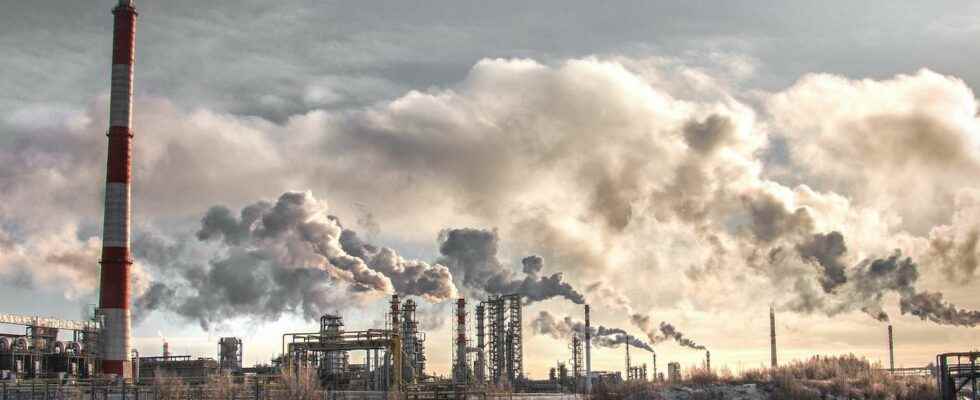Over the past few months, projects for the capture and storage of carbon dioxide (CO2) seem to be multiplying all over the world. The quantities announced give hope that the technology could be of great help in the fight against anthropogenic global warming. But researchers point out that the quantities actually eliminated from the atmosphere are less.
You will also be interested
[EN VIDÉO] With CarbonWorks, from CO2 capture to raw material production Photosynthetic microalgae are like natural factories for capturing carbon dioxide (CO2) and transforming it into molecules that can be of interest to industry. CarbonWorks, a French start-up, has developed a photobioreactor which makes it possible to industrialize the process. And thus to doubly decarbonize the industry by capturing the CO2 it emits and then allowing it to replace the fossil raw material it is so fond of with biosourced raw material produced from microalgae. © CarbonWorks
The capture of carbon dioxide (CO2), we have been talking about it a lot for a few months. Since the Intergovernmental Panel on Climate Change (IPCC) announced that we were no longer in a position to do without this type of technology to reach our goal of zero emission by 2050. Everywhere, initiatives are flourishing. The one launched by the Tech giants, theFrontier initiativebut also that announced at the beginning of the week by a few aeronautical giants, Airbus in the lead.
Of the researchers of theImperial College London (United Kingdom) warn us today, however. Because they noted that between the announcements and the amount of carbon actually captured and stored, there is a nice gap. From 19 to 30% depending on the case. What gives a false image of the contribution of these technologies to the fight against global warming.
Not everything is negative. Because according to the researchers, between 1996 and 2020, there are still 197 million tonnes of CO2 that have been captured and stored. A very interesting number.
Is carbon capture and storage an important climate change mitigation technique? Yes.
Has a hundred amount been stored? Seemingly so.
Are the volumes being reported consistently? We suggest not…
Our new paper, out today, explores all of this! ???? https://t.co/8Rmj1ba7M3
— Prof. Christopher Jackson (@seis_matters) July 19, 2022
Fair numbers to move forward
Researchers report that by 2021, the global capacity to capture CO2 was estimated at 40 million tons per year. For 26 operational installations. However, there is no framework that requires these facilities to report on the amount of carbon actually captured. Which, however, would help to understand to what extent exactly the capture and the CO storage2 can help us fight the global warming anthropogenic.
Because the gap that exists between reality and the data announced by the various projects could well mask a certain inefficiency of the technologies implemented to capture CO2 or transportation systems used to transport it to storage sites. It could also mark changes over time in the source of CO2 picked up.
Thus the researchers underline that more precise figures – including the quantity captured each year, the quantity transported each year and the quantity stored each year as well as the quality assurance measures taken on the installations – would make it possible to better model large-scale deployment. carbon capture and storage technologies. Monitor short-term greenhouse gas emission reductions and long-term resource requirements of the technology.
Interested in what you just read?
